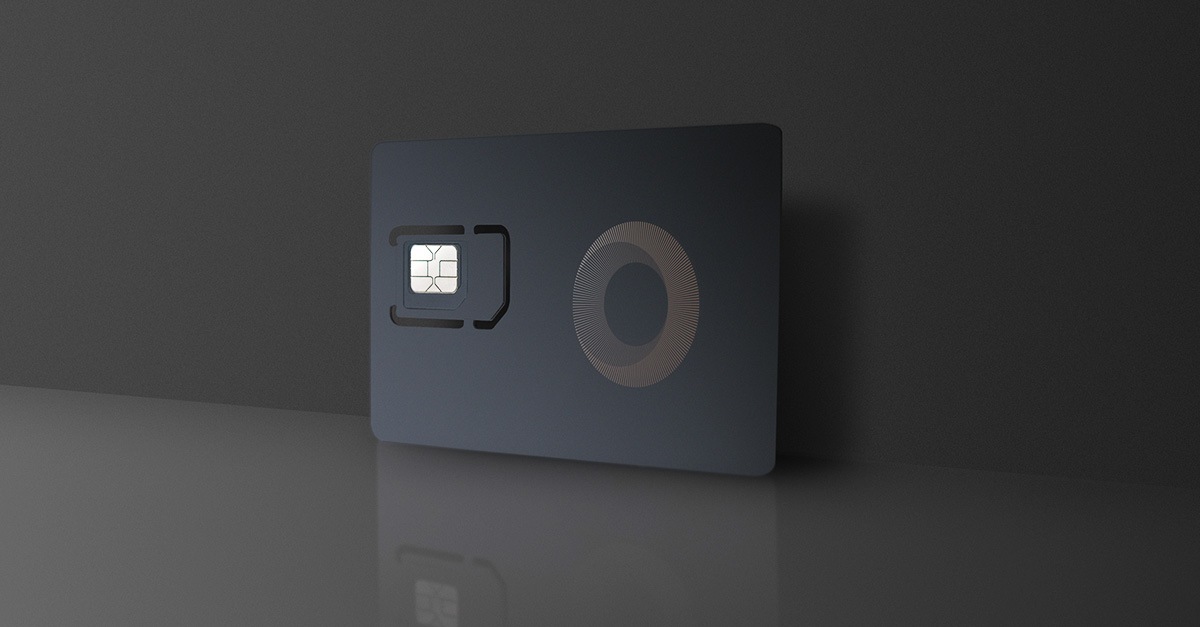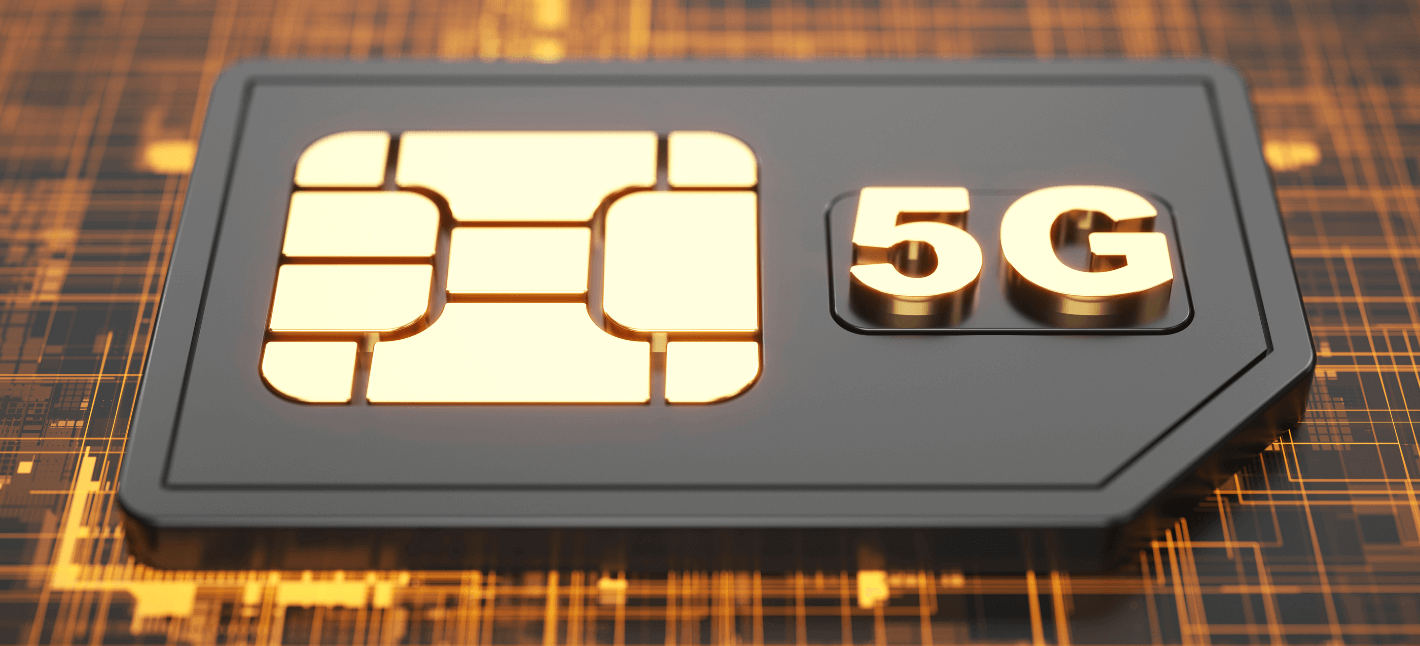Vodacom Esim Problems Guide to eUICC Deployments
The fast integration of Internet of Things (IoT) connectivity into energy management methods is remodeling how industries and customers interact with their energy resources. By using IoT gadgets, firms can gain real-time insights into their energy consumption patterns, leading to enhanced operational efficiency and price financial savings. The implementation of clever energy administration solutions is imperative to navigate today’s challenges, including rising energy costs and growing environmental considerations.
IoT connectivity permits energy administration techniques to gather and analyze vast amounts of data from various units situated all through a facility or house. This intensive community connectivity facilitates the creation of a wise grid, the place techniques can talk instantly with one another. Sensors that monitor energy utilization, together with smart meters, kind the spine of this community, offering invaluable information that could be leveraged to optimize energy consumption.
One of the standout options of IoT connectivity for energy administration techniques is the aptitude for predictive analytics. By analyzing historic information developments, techniques can forecast energy demand extra precisely. This info allows organizations to make informed selections regarding energy procurement and usage, ensuring they don't seem to be caught off guard by spikes in demand. Optimizing energy consumption not only advantages the underside line but in addition contributes to sustainability efforts.
Physical Sim Vs Esim Which Is Better eSIM Use Cases in IoT
Moreover, the remote entry provided by IoT-enabled energy administration techniques will increase operational flexibility. Energy managers can monitor methods and gear from nearly anyplace via cell functions and dashboards. This prompt entry implies that anomalies may be detected and addressed promptly, lowering downtime and improving energy effectivity throughout operations. As a outcome, organizations can higher manage their energy resources while minimizing potential disruptions.
Incorporating sustainability into energy management strategies is becoming increasingly important. IoT-enabled techniques can observe the sustainability metrics of energy utilization, providing insights into carbon footprints and energy waste. Knowing the environmental influence of energy consumption allows corporations to implement more sustainable practices. This not only complies with rules but additionally appeals to customers preferring firms that prioritize environmental accountability.

The interoperability of IoT units performs a vital role in enhancing energy management systems. With varied producers producing gadgets that is probably not suitable, the combination of these gadgets right into a cohesive system may be difficult. However, standards corresponding to MQTT and CoAP are paving the way for better communication between devices. A unified platform allows energy managers to harness knowledge from a quantity of sources, offering a comprehensive view of their energy landscape.
Energy administration techniques equipped with IoT connectivity also enhance demand response capabilities. In times of peak demand, organizations can regulate their energy consumption in response to price alerts or grid circumstances. This flexibility can outcome in lower energy costs and a reduced strain on the grid. Smart devices can be programmed to mechanically scale back energy usage during peak occasions, making certain that organizations contribute positively to grid stability.
Esim Uk Europe Activating eSIM-Capable Devices Guide
Another good thing about IoT connectivity is enhanced asset management. By constantly monitoring energy utilization, organizations can better manage the lifecycle of their equipment. Data collected from IoT units allows amenities to perform regular maintenance tasks and avoid equipment failures that may result in expensive downtime. Predictive maintenance, pushed by real-time information analytics, ensures that techniques function at peak efficiency.
The safety facet of IoT connectivity can't be missed both. As energy administration methods turn out to be more and more interconnected, additionally they turn out to be more vulnerable to cyber threats. Implementing strong cybersecurity measures is essential in safeguarding delicate data. Encryption, authentication protocols, and secure networks have to be prioritized to guard both organizational and consumer information.
Difference Between Esim And Euicc eSIM (eUICC) Information
Adopting IoT technology in energy management methods isn't restricted to giant enterprises. Small and medium-sized companies (SMBs) can even profit from these improvements. Energy efficiency solutions tailored for SMBs can lead to substantial savings and improved sustainability. With the rising affordability of IoT devices, even the smallest organizations can implement smart solutions that enhance their energy management practices.
Collaboration between varied stakeholders is important for maximizing the advantages of IoT connectivity in energy administration. This includes energy providers, customers, and expertise builders. Collaborative platforms empower all events to share knowledge and insights, leading to revolutionary solutions that drive the industry forward. Such partnerships can foster an ecosystem of energy efficiency the place collective efforts result in important developments.
Can You Use Esim In South Africa Consumer vs M2M eSIM Differences
In conclusion, the integration of IoT connectivity into energy management official source systems signifies a model new period of energy administration. By leveraging real-time information, predictive analytics, and enhanced operational flexibility, organizations can optimize their energy consumption successfully. With sustainability changing into a focus, IoT connectivity additionally results in greener practices and decreased environmental impression. Embracing these adjustments is crucial, not just for price financial savings but additionally for staying aggressive in an ever-evolving panorama. As know-how continues to evolve, the future of energy administration will undoubtedly be formed by IoT improvements, resulting in a more efficient and sustainable energy world.
- Enhanced knowledge collection through smart sensors allows for real-time monitoring of energy consumption patterns throughout varied services.
- Seamless integration of IoT gadgets with present energy management methods enables automatic changes to energy utilization based mostly on demand fluctuations.
- Advanced analytics tools leverage data from connected gadgets to foretell future energy needs, optimizing resource allocation and reducing prices.
- Implementation of edge computing in IoT setups minimizes latency, making certain quick response times for energy management choices.
- Improved communication protocols among IoT devices facilitate interoperability, permitting completely different units from various manufacturers to work collectively efficiently.
- Utilization of blockchain in IoT connectivity enhances security and transparency in energy transactions, guaranteeing knowledge integrity and reducing fraud.
- Predictive maintenance alerts generated by linked gear can lead to well timed interventions, prolonging the lifespan of energy infrastructure.
- Energy consumption knowledge visualizations provide actionable insights for stakeholders, aiding in strategic planning and implementation of effectivity initiatives.
- Smart grids powered by IoT connectivity promote demand response packages, helping to steadiness supply and demand and scale back peak load stress on energy systems.
- Integration with renewable energy sources through IoT platforms allows more effective administration of energy generation and consumption, selling sustainability.undefinedWhat is IoT connectivity in energy management systems?
Euicc Vs Uicc eSIM vs. IoT SIM Differences
IoT connectivity refers again to the integration of internet-connected units that collect, analyze, and exchange data inside energy administration systems. This facilitates real-time monitoring and optimization of energy use, resulting in improved effectivity and lowered costs.
How does IoT connectivity improve energy efficiency?
Physical Sim Vs Esim Which Is Better Unlocking eSIM Potential for Industrial Applications
By utilizing IoT devices, energy management techniques can monitor consumption patterns and establish inefficiencies. This information allows proactive adjustments to usage, ensuring that energy is consumed more successfully whereas minimizing waste.
What kinds of units utilize IoT connectivity in energy management?
Common devices embody smart meters, sensors, HVAC techniques, and related appliances. These devices talk information to optimize energy consumption and operational performance, providing valuable insights for customers.
Physical Sim Vs Esim Which Is Better eUICC Profile Management Tools Overview
Is IoT connectivity secure for energy management systems?
(Difference Between Esim And Euicc)
While IoT connectivity can pose safety dangers, implementing strong encryption methods, regularly updating software program, and utilizing safe network protocols can significantly enhance safety, defending sensitive information and ensuring system integrity.
Esim With Vodacom eUICC (eSIM) for IoT Solutions
Can IoT connectivity assist in renewable energy management?
Absolutely. IoT units can monitor renewable energy sources like photo voltaic or wind, offering real-time knowledge for higher integration into energy administration techniques. This facilitates optimum utilization and storage of renewable energy, enhancing sustainability efforts.
What are the advantages of real-time knowledge access in energy management?

Real-time data access permits for immediate insights into click to read energy usage, enabling swift decision-making and changes. This responsiveness results in more efficient energy administration and may help in identifying cost-saving opportunities rapidly.
Which Networks Support Esim South Africa Choosing eSIM Remote Provisioning Standard
How can companies benefit from implementing IoT connectivity for energy management?
Businesses can considerably reduce energy costs, enhance operational efficiency, and improve sustainability. IoT connectivity provides actionable insights and automation capabilities, empowering organizations to make data-driven selections concerning energy use.
Are there any challenges to implementing IoT connectivity in energy management?
Esim Vodacom Iphone What are eSIM and eUICC?

Challenges embrace making certain knowledge safety, managing the complexity of integrating a quantity of units, and the initial costs of establishing an IoT-enabled system. However, careful planning and investment in the right technology can mitigate these points.
What function does information analytics play in IoT-connected energy administration systems?
Data analytics is essential for deciphering info gathered by IoT units. It allows users to uncover trends, predict future utilization, and make knowledgeable selections that can optimize energy consumption and enhance overall system efficiency. Esim Vodacom Sa.
Euicc Vs Uicc SIM, eSIM, Secure Elements Overview
How do I select the proper IoT resolution for my energy management needs?
To select the right resolution, assess your specific energy administration targets, consider compatibility with current methods, evaluate vendor popularity, and think about scalability. Consulting with industry experts can also present priceless insights tailor-made to your needs.